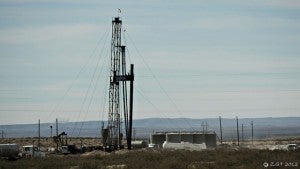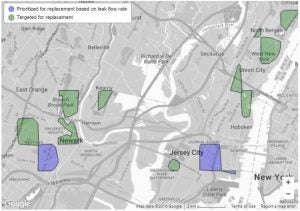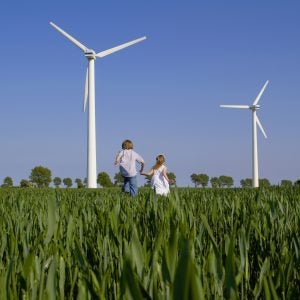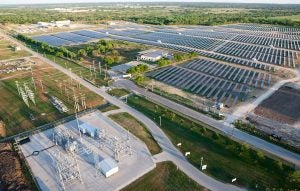 “What happened to oil in the late 1970s?” was a question assigned to me in elementary school to discuss with family over the Christmas holiday break. At the time, this question seemed innocent enough, and I didn’t know how my family would react about what I soon learned to be two oil embargos. Turns out when I brought it up one night, extended family members held a broad spectrum of views on the issue, and the question led to one of the most heated dinner arguments I can recall – until this year, at least. This holiday, family discussions focused on the presidential election. Fierce conversation ensued on standout topics. But, to my dismay, energy and the environment were just an afterthought.
“What happened to oil in the late 1970s?” was a question assigned to me in elementary school to discuss with family over the Christmas holiday break. At the time, this question seemed innocent enough, and I didn’t know how my family would react about what I soon learned to be two oil embargos. Turns out when I brought it up one night, extended family members held a broad spectrum of views on the issue, and the question led to one of the most heated dinner arguments I can recall – until this year, at least. This holiday, family discussions focused on the presidential election. Fierce conversation ensued on standout topics. But, to my dismay, energy and the environment were just an afterthought.
While it is clear that these topics did not play a decisive role in the election, 2017 will nevertheless bring a new set of challenges for energy and environmental policy and elevate the conversation to a higher level. Progress we’ve made in the past few years, including environmental protections and the continuity of agencies that support them, are at risk of being undercut by the new administration, and policies that will protect future generations are at peril. At the federal level, the fight to stop climate change looks bleak.
As Environmental Defense Fund recently noted in California, Illinois, Maryland, and Ohio, clear and deliberate leadership at the state and local levels will become even more important to advance clean energy goals. Fortunately, New York’s history of advancing favorable environmental policies have resulted in valuable lessons that can be adapted and implemented in other states to increase economic development, create jobs, decrease pollution, and improve the quality of life of people throughout the country. Read More










 Market forces and technology are increasingly making old, dirty power plants uneconomic, which creates an opportunity for clean energy progress and cleaner air. However, outdated rules and entrenched interests can complicate the path to a healthier energy economy, as evidenced by a new settlement in Ohio.
Market forces and technology are increasingly making old, dirty power plants uneconomic, which creates an opportunity for clean energy progress and cleaner air. However, outdated rules and entrenched interests can complicate the path to a healthier energy economy, as evidenced by a new settlement in Ohio. By
By 
 By Andrew Barbeau, senior clean energy consultant
By Andrew Barbeau, senior clean energy consultant New installed renewable energy capacity surpassed coal for the first time last year, the International Energy Agency
New installed renewable energy capacity surpassed coal for the first time last year, the International Energy Agency